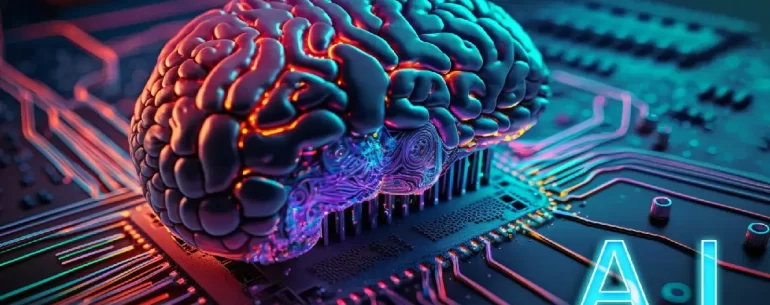The dream of colonising Mars has captured the imagination of scientists, space enthusiasts, and visionaries alike for centuries. As humanity sets its sights on the red planet, robots and cutting-edge technology will play a crucial role in making this ambitious endeavour a reality. The Mars colonisation efforts will involve key technologies that will be instrumental in establishing a sustainable human presence on the planet. But just How Will Robots and Tech Be Used in the Mission to Colonise Mars?
A History of Mars and Human Exploration
Mars is well known for fascinating humanity with its enigmatic allure. From ancient astronomers observing its fiery red glow to modern-day robotic missions exploring its surface, our captivation with Mars has only grown stronger: Indeed, for many years, we’ve known about the gargantuan Olympus Mons, the tallest mountain in the solar system, almost two and half times the height of Everest. This massive (previous) volcano continues to fascinate and could hold the key to understanding not just Mars’ history but also, potentially, that of Earth.
In the late 19th century, Italian astronomer Giovanni Schiaparelli observed Mars through a telescope, documenting what he believed to be canali (Italian for “channels”), which in turn sparked speculation about the possibility of intelligent life on the planet.
In the 20th century, space agencies around the world embarked on robotic missions to Mars, including NASA’s Mariner and Viking missions, which provided valuable insights into the planet’s geology, atmosphere and potential for supporting life.
The 21st century has witnessed an accelerated pace of Mars exploration, with rovers like NASA’s Spirit, Opportunity and Curiosity. There have also been successful missions by China’s Tianwen-1 and the United Arab Emirates’ Hope probe which have helped to further expand our knowledge of Mars.
The Modern Space Race and the Desire to Reach Mars
The race to reach Mars has intensified greatly in recent years, fuelled by the collective desire of nations and private companies to establish a foothold on the red planet. The main protagonists in the modern space race are:
- NASA, the United States’ space agency, has set ambitious goals for Mars exploration, aiming to send humans to the planet’s surface in the 2030s through its Artemis program and collaboration with international partners.
- SpaceX, the aerospace company founded by Elon Musk, has emerged as a key player in Mars colonisation efforts. With its Starship spacecraft, SpaceX envisions sending humans to Mars, establishing a sustainable colony and ultimately making humanity a multiplanetary species.
- Blue Origin: Founded by Amazon’s Jeff Bezos, Blue Origin is committed to developing the necessary infrastructure for space exploration, including the Blue Moon lunar lander, which could serve as a stepping stone towards Mars.
- Other countries, including China, Russia and European Space Agency (ESA) member states have also expressed their intent to join the Mars exploration race, launching their own missions and technologies to unlock the mysteries of the red planet.
Key Technologies for Mars Colonisation
To overcome the significant challenges of Mars colonisation and ensure the survival of humans in the harsh Martian environment, advanced technologies will be crucial. Some of the proposed key technologies that will be involved include:
Robotics: Robots will play a vital role in conducting initial surveys, preparing landing sites and assembling infrastructure before humans arrive on the planet. Robotic rovers and autonomous systems will pave the way for human exploration and provide valuable data on Mars’ resources – again, prior to human arrival.
Life Support Systems: Developing sustainable life support systems will be critical for human survival on the planet. These systems will ensure a continuous supply of breathable air, clean water and reliable food sources in a closed environment.
In-Situ Resource Utilisation (ISRU): To reduce reliance on Earth for supplies, ISRU techniques will be employed to extract resources from Mars itself. This includes extracting water from Martian ice, producing fuel from atmospheric resources and using local materials for construction.
Communication and Navigation: Establishing reliable communication links between Mars and Earth will enable real-time communication and seamless mission control. Advanced navigation systems will aid spacecraft in precise landing and navigation on the Martian surface.
Habitat Design and Construction: Designing and constructing habitats that can withstand the Martian environment, provide radiation protection and support the physical and psychological well-being of astronauts will be paramount.
By harnessing the power of robotics, advanced life support systems, resource utilisation techniques, communication and navigation technologies and innovative habitat design, humanity can pave the way for a successful Mars colonisation mission.
If you enjoyed this article, consider visiting our blog for more features. These pages are produced by web designers in Tenerife. Alternatively, read here to find out questions you should ask a web development company before partnering with them.


